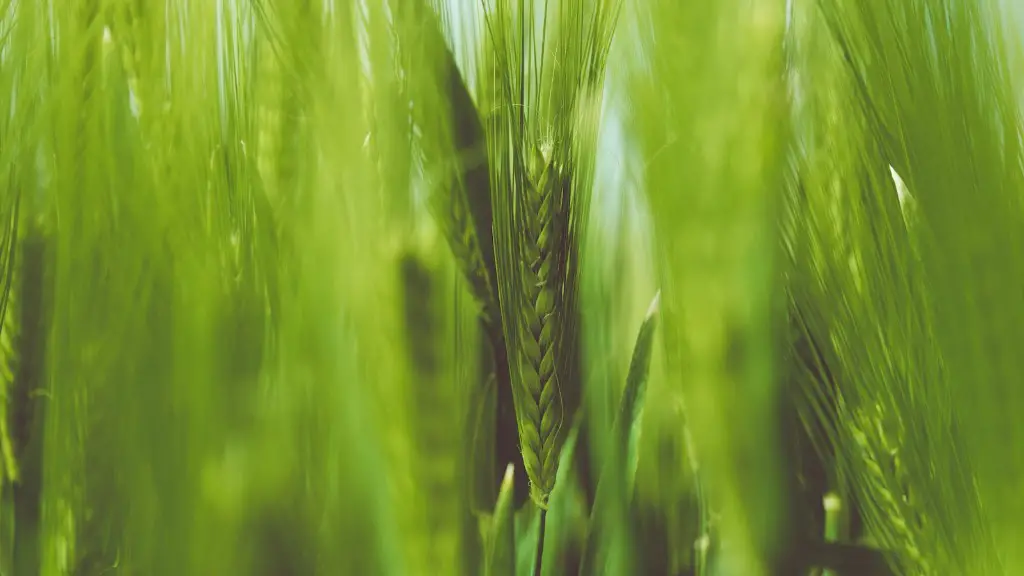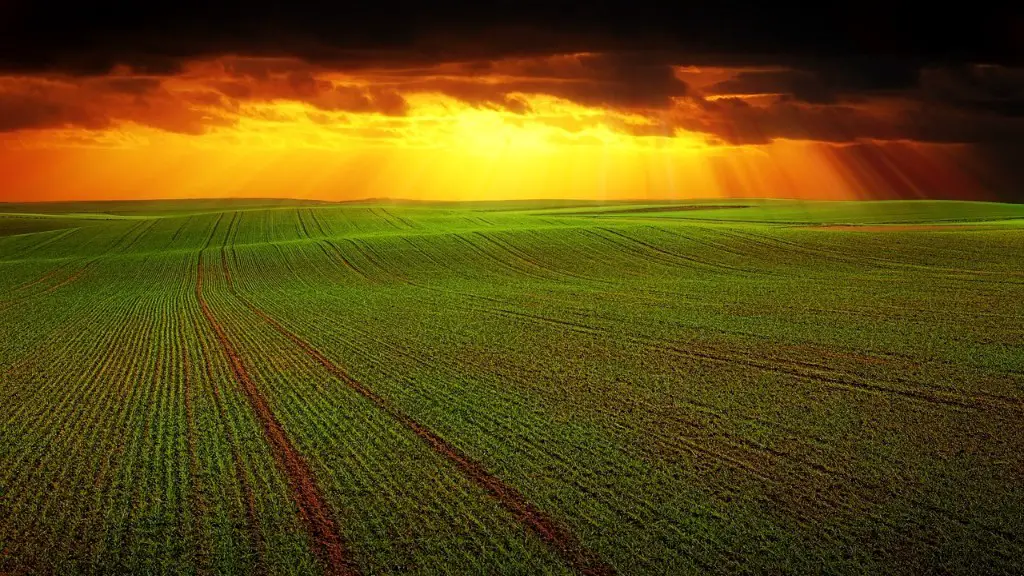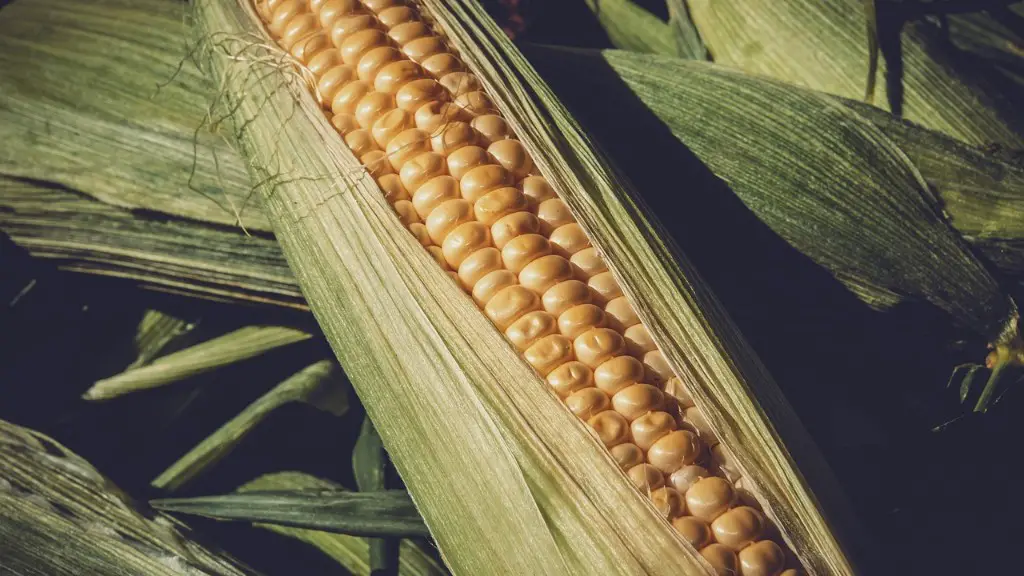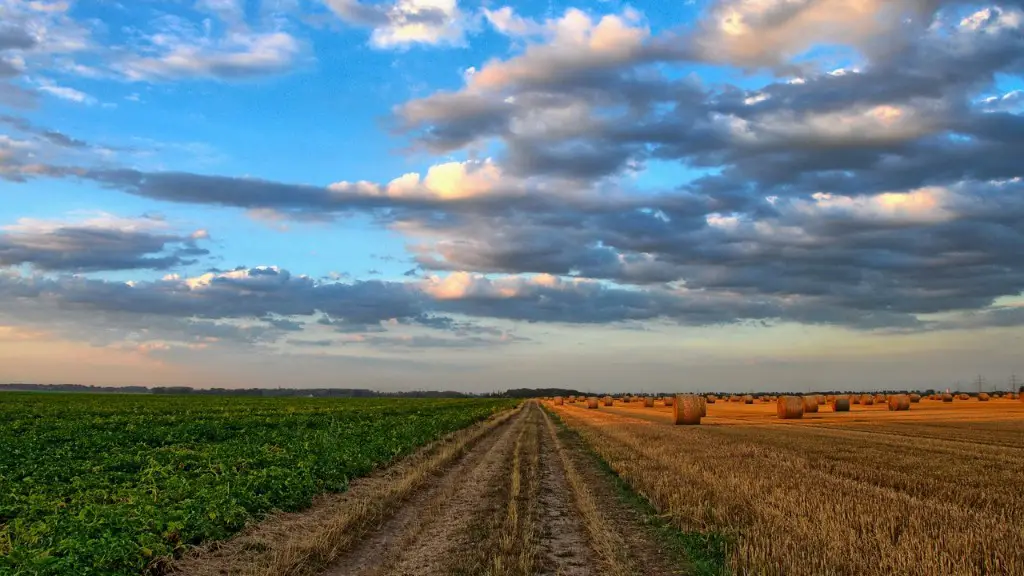Agriculture in ancient China was advanced for its time, with many innovations that were later adopted in other parts of the world. One of the most significant innovations was the use of irrigation, which allowed farmers to grow crops in areas that would otherwise be too dry. Ancient Chinese agriculture also saw the development of new crop varieties, including rice and millet, and the use of fertilizer to improve crop yields.
Ancient Chinese Agriculture underwent a major development during the Tang Dynasty (618-907). Under the Tang Dynasty, new irrigation systems were developed which allowed for an increase in agricultural production. The Tang Dynasty also saw the introduction of new crop varieties from Central Asia, which helped to further increase agricultural output. Furthermore, the Tang Dynasty government pursued policies that encouraged commerce and trade, which helped to stimulate the growth of the agricultural sector.
What were some of the agricultural advances developed in ancient China?
The rice farmers of ancient China were some of the first to develop irrigation and crop rotation systems. They did so in order to maximize the efficiency of their rice paddies. These innovations allowed them to grow more rice with less effort, making their farms more productive.
The excavations at Kuahuqiao have revealed that rice cultivation in eastern China began 7,700 years ago. Approximately half of the plant remains found at the site belonged to domesticated japonica species, while the other half were of wild rice. This is the earliest known evidence of rice cultivation in China, and provides valuable insights into the early history of this important crop.
What is the main agriculture in China
Rice is the most important crop in China, and it is grown in the southern provinces. These provinces usually have two harvests per year. In North China, wheat is the most important crop. In the central provinces, wheat and rice are grown equally.
China has succeeded in producing one fourth of world’s grain and feeding one fifth of world’s population with less than 10 percent of world arable land, which is great achievement in pursuit of food and nutrition security not only in China but also in the world.
China has been able to achieve this through a number of measures, including increasing agricultural productivity, improving water management, and investing in food security.
This is a significant achievement that has benefits not just for China, but for the world as a whole. It is an example of what can be done to improve food security and nutrition on a global scale.
How did agriculture change in China?
The commune system was a collectivization of agriculture and industry in China that was implemented by the Communist Party of China from 1958 to 1983. The system existed in rural areas and aimed to increase production and efficiency through the pooling of resources and labor. The system was largely successful in achieving its goals, and during the first 20 years of its existence, agricultural production in China modernized and greatly increased. Over the period of 1957 to 1979, the amount of machine-cultivated land grew from 24% to 424%. Similarly, the irrigated land area grew from 2445% to 45%. This increase in production was a direct result of the commune system, and it helped to modernize and improve the Chinese economy.
During the reform period, China made great strides in achieving its goals. Agricultural production increased sharply, rural industries absorbed a large portion of the farm labor force, poverty fell dramatically, and the level and quality of food consumption improved significantly.
What techniques did the Chinese use for agriculture?
Intensive farming is a type of farming that uses large amounts of labor and capital per unit of land area. This type of farming is typically used in areas with high population densities and limited land resources. Through intensive farming, farmers are able to increase yields and produce more food per unit of land.
The 1980s and 1990s saw a 53% annual growth in agricultural production in China, which was much higher than in other populous countries such as India and Indonesia. Most of this growth came through yield gains rather than through increases in planted area. China boosted grain production by more than 50% during this time period.
Where did the first agricultural civilization develop in ancient China
The nuclear area of the earliest agricultural civilization in China was located in the Yangtze River valley. In 7000-5000 BC, there was a mature rice-cultivating agriculture in the middle and lower areas of the Yangtze River.
Farmland in Sichuan province is important to the Chinese economy and society. Over 35 percent of the labor force is in agriculture, compared to 25 percent in the US. There are 425 million agricultural workers in China, making up about 200 million farming households. A little over a decade ago, China was home to 700 million farmers. They made up about 60 percent of the population.
What is China’s biggest agricultural product?
The United States exports a variety of agricultural products to China, including soybeans, pork, cotton, and more. In 2016, soybeans were the top export, worth over 14 billion dollars. However, in 2018, soybean exports decreased to just over three billion dollars. Pork and pork products are the second largest export, worth nearly seven hundred million dollars in 2016. This number increased to over five hundred million dollars in 2018. Cotton is the third largest export, worth over half a billion dollars in 2016. This number increased to over nine hundred million dollars in 2018.
The abundance of food helped support a larger population, so China’s population grew to more than 100 million people! Peasants could take time away from farming to make silk, cotton cloth, and other products to sell or trade. Food production increased, which was good for the economy.
What did ancient Chinese farmers do
The Chinese have a long history of farming and living in villages. The majority of the population has always made their living from agriculture, growing rice in the south and millet in the north. Village life has always followed a similar pattern of planting, harvesting, and plowing.
Ming farmers were responsible for a number of innovations that led to increased agricultural production. These included the use of water-powered plows and new methods of crop rotation. As a result of these innovations, the Ming Dynasty saw a huge increase in the agricultural surplus. This surplus became the foundation of a new market economy, with commercial plantations producing crops that were well-suited to the different regions of China.
What was the major change caused by the agricultural?
The Agricultural Revolution was a time of great innovation for farmers. One of the most important innovations was the development of the Norfolk four-course rotation. This system greatly increased crop and livestock yields by improving soil fertility and reducing fallow. The Norfolk four-course rotation became the standard for British farming and was adopted by farmers around the world.
The Chinese government began to modernize the country’s agriculture in 1980 in order to meet the rising demand for better quality food from the Chinese people. The government encouraged farmers to switch from grain production to higher value agricultural products, such as fruits and vegetables. This policy helped to improve the quality of the food available to the Chinese people and also helped to improve the country’s economy.
What are the 3 agricultural reforms
The three-farm laws were passed by the Lok Sabha on 27 September 2020 and by the Rajya Sabha on 20 September 2020. The laws have been criticized by the opposition parties and the farming community. The laws have been seen as a way to suppress the farmers and their rights. The government has been trying to justify the laws by saying that they will benefit the farmers in the long run. The government has also been trying to convince the farmers to accept the laws.
China’s agricultural revolution was unique in many ways. One of the most notable differences was the timeline. Most other agricultural revolutions occurred over a period of several centuries, but China’s took place in just a few decades. This was due in part to the increased labor productivity and incomes that came with modernization. China was also able to take advantage of its large population, which allowed for a greater division of labor and more specialization. This, combined with the increased use of technology, helped to make China’s agricultural revolution one of the most successful in history.
Final Words
The major development in ancient Chinese agriculture was the invention of the plough. This simple invention allowed farmers to cultivate fields much more effectively, greatly increasing crop yields. The plough also helped to spread Chinese culture and agriculture throughout East Asia, as it was adopted by Chinese immigrants to other countries.
Through the development of irrigation systems, ancient Chinese farmers were able to support a more complex and centralized society. This allowed for the growth of cities and the development of a more sophisticated culture.





